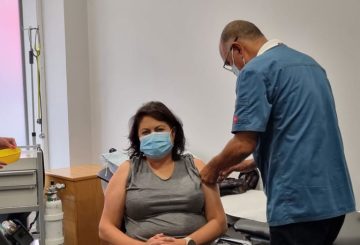Cựu ông chủ của Ruapehu Alpine Liftes, Dave Mazey, đang lên kế hoạch đấu thầu sân trượt tuyết Whakapapa ở trung tâm Đảo Bắc. Sân trượt tuyết không được bao gồm trong thỏa thuận đầu năm nay cho phép Pure Tūroa Limited điều hành sân trượt tuyết Tūroa trong 10 năm. Ruapehu Alpine Liftes, chủ sở hữu trước đây của cả hai sân trượt tuyết, đã đi vào quản lý tự nguyện.
Mazey muốn đảm bảo sự tồn tại của Whakapapa và tin rằng tương lai lâu dài của nó là rất quan trọng đối với cộng đồng địa phương và thị trường trượt tuyết. Trước đây anh ta đã cố gắng mua sân trượt tuyết nhưng đã rút lui do lo ngại về khả năng tồn tại của nó.
Để mua Whakapapa, cần phải có nhượng quyền hoặc giấy phép để hoạt động trên núi. Khoản nhượng này được giới hạn trong thời hạn 10 năm, mặc dù Đạo luật Bảo tồn cho phép thời hạn tối đa là 60 năm.
Mazey cũng nhấn mạnh rằng bất kỳ chủ sở hữu mới nào cũng sẽ phải gánh một khoản nợ lớn liên quan đến việc xây dựng Sky Waka Gondola vào năm 2018-19. Mặc dù vậy, ông tin rằng đó là một doanh nghiệp khả thi về mặt thương mại.
Tuy nhiên, ông nói rằng sẽ không thể tôn vinh ‘thẻ cuộc sống’ cho sân trượt tuyết Whakapapa. Ông đề nghị có thể có một chương trình giảm giá trong một khoảng thời gian cố định, tương tự như những gì Pure Tūroa Limited cung cấp ở Tūroa.
Doanh nhân người Auckland John Sandford và các doanh nghiệp khác ở New Zealand, cũng như Ngāti Hikairo, cũng được cho là quan tâm đến Whakapapa.






























































